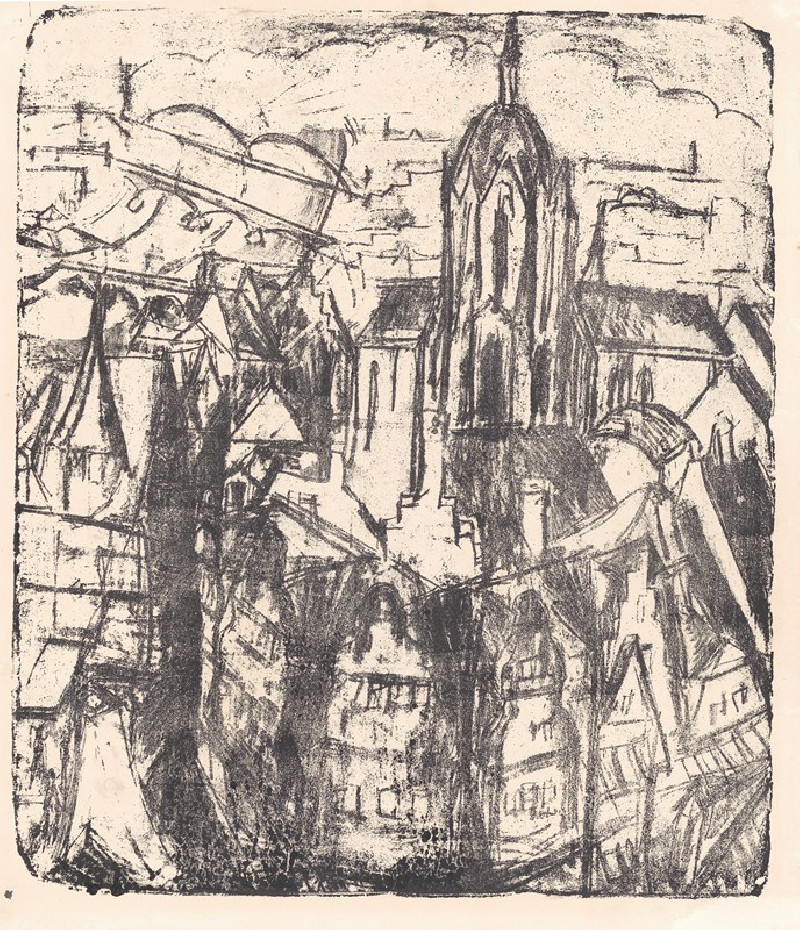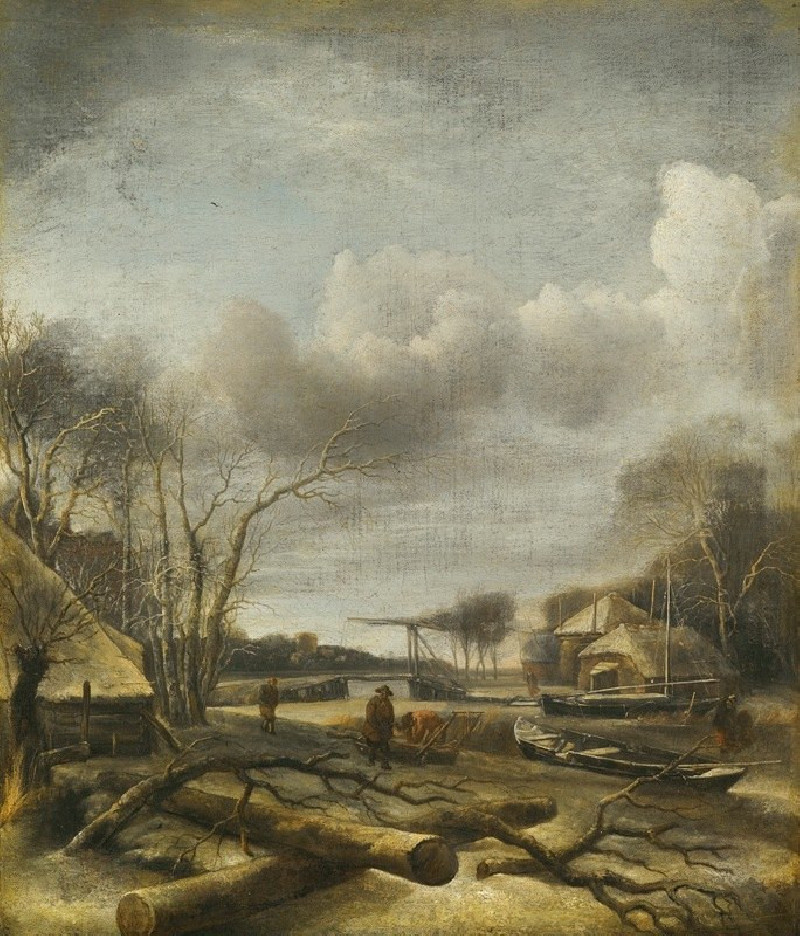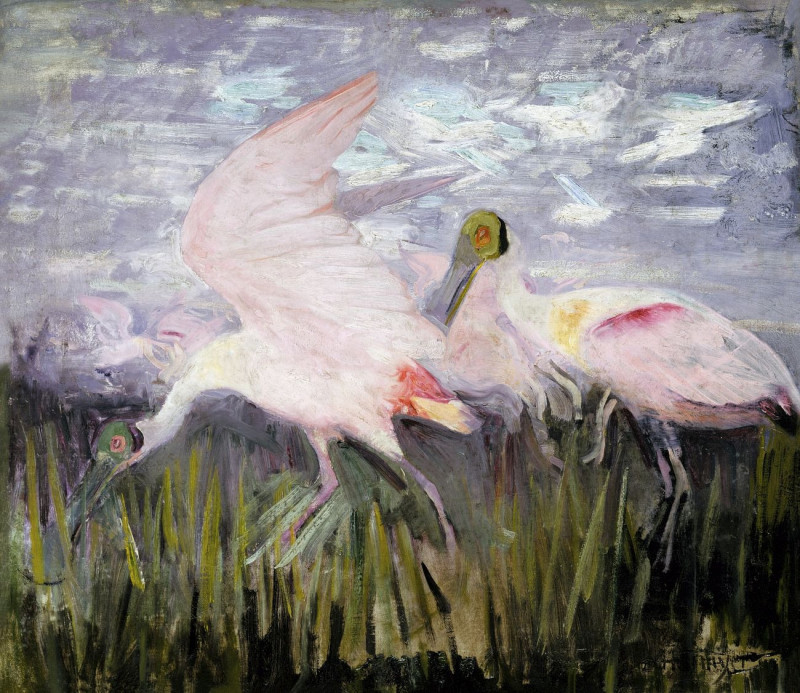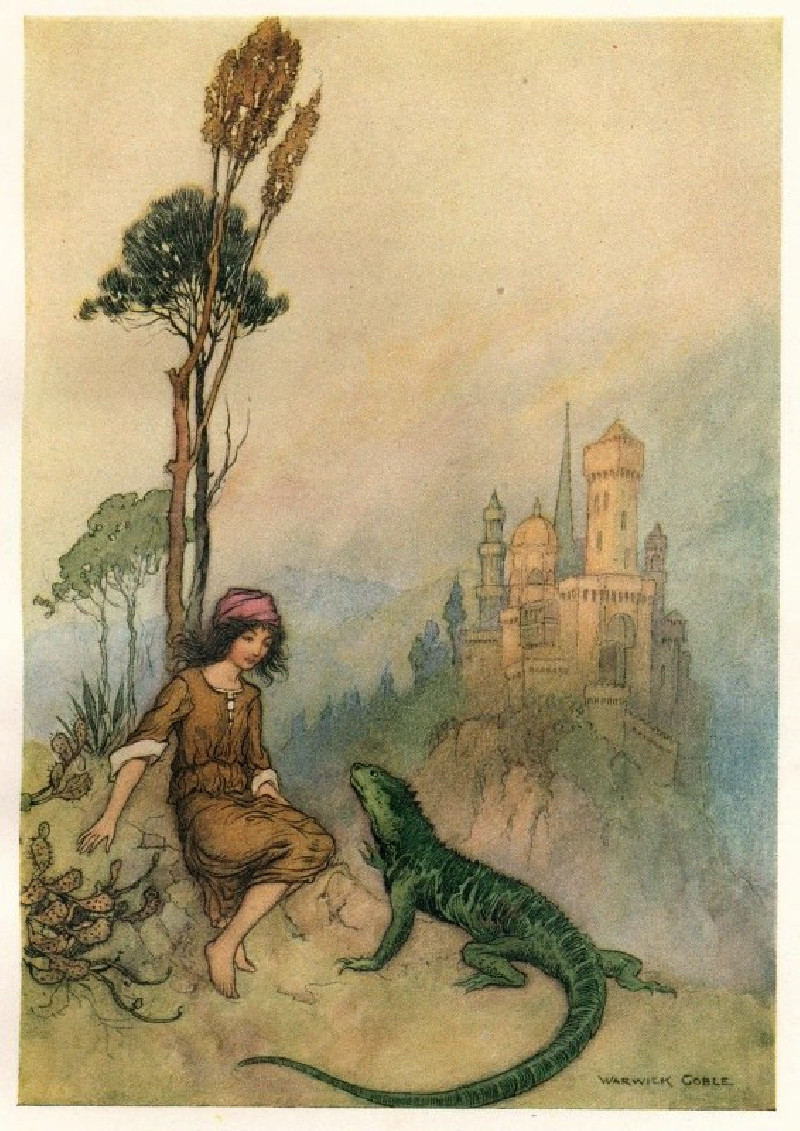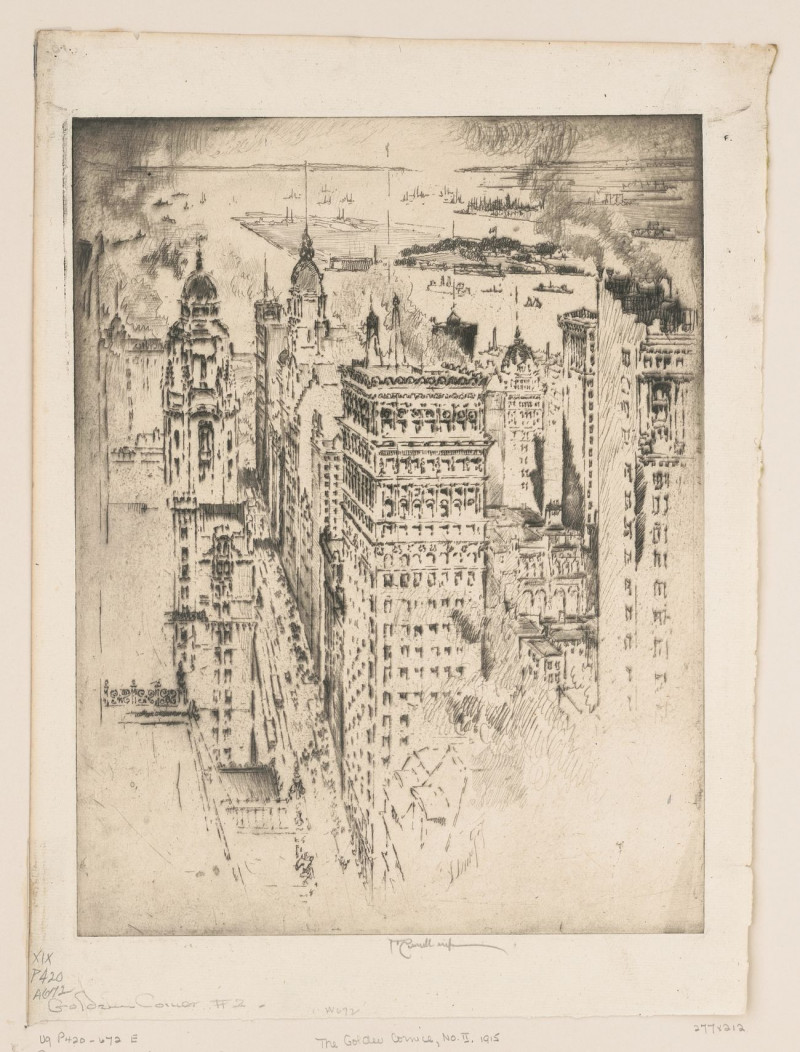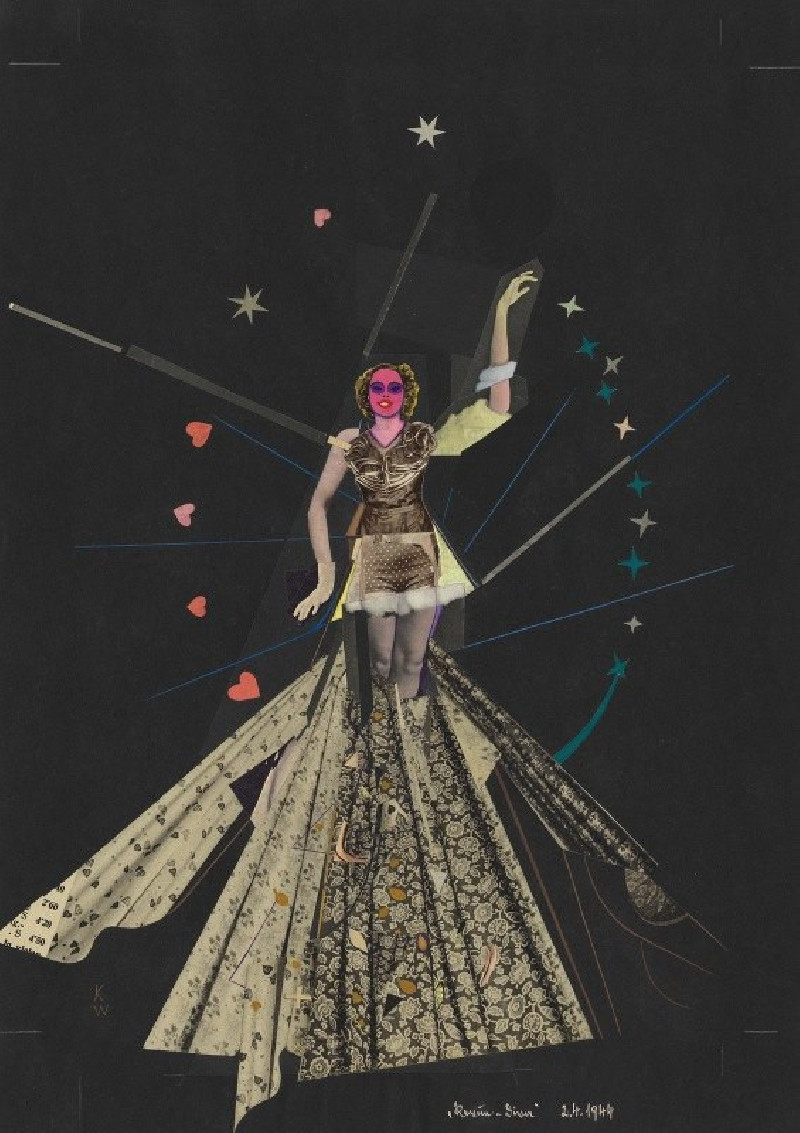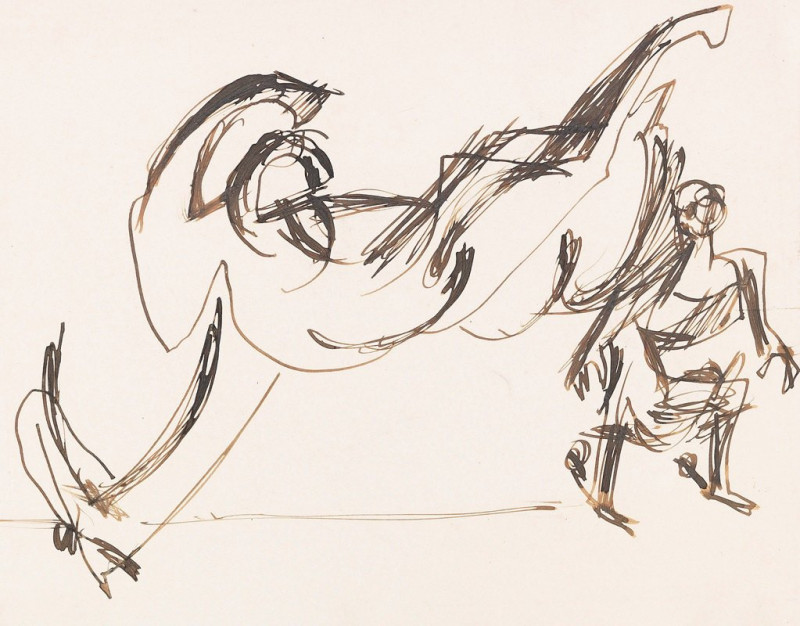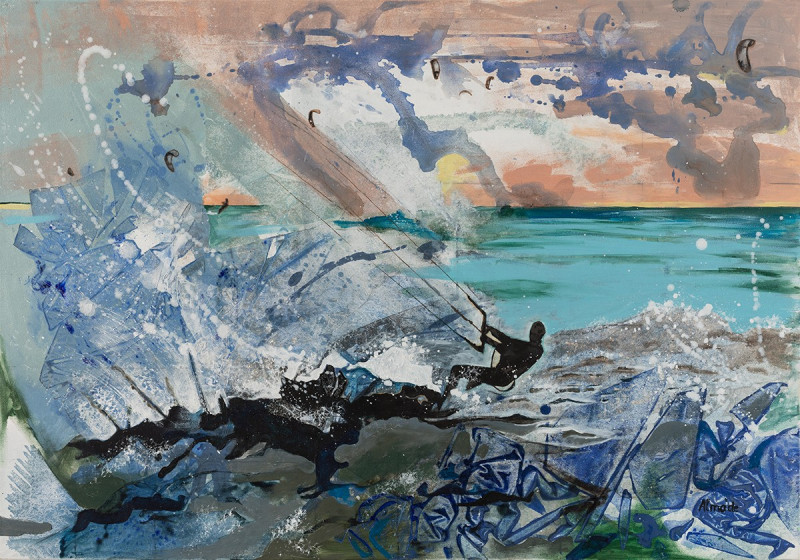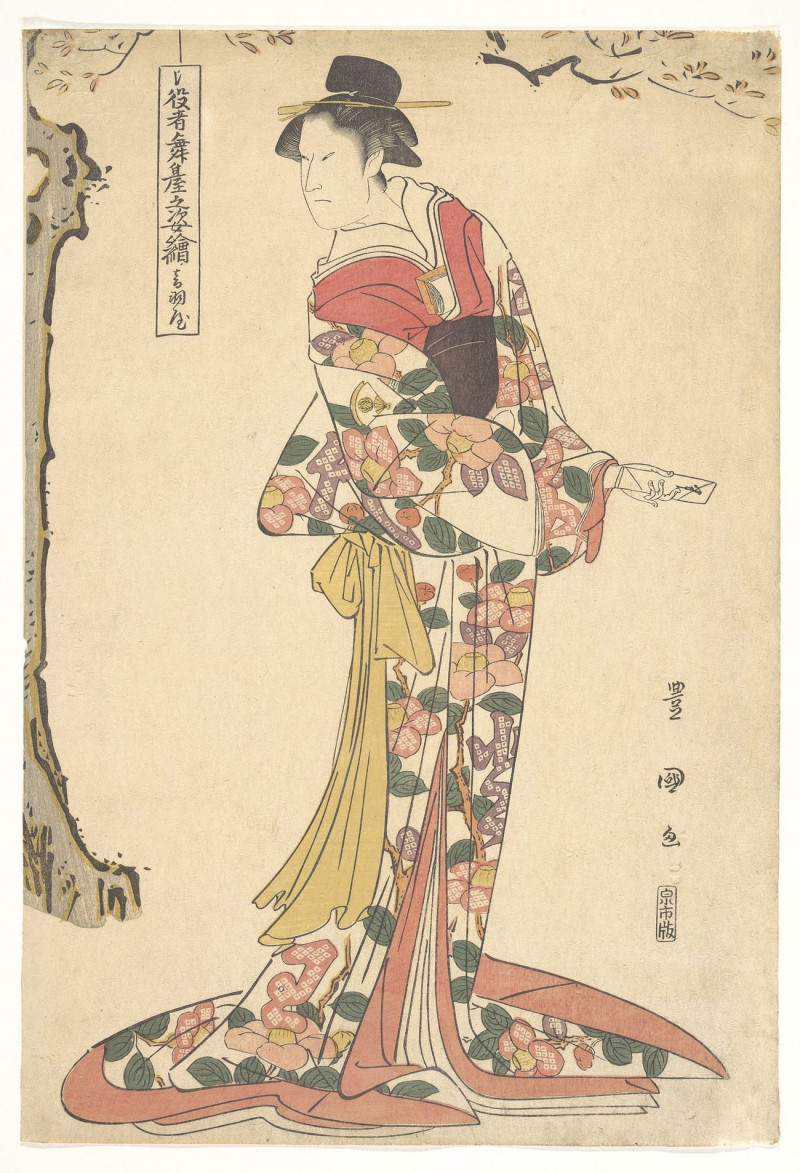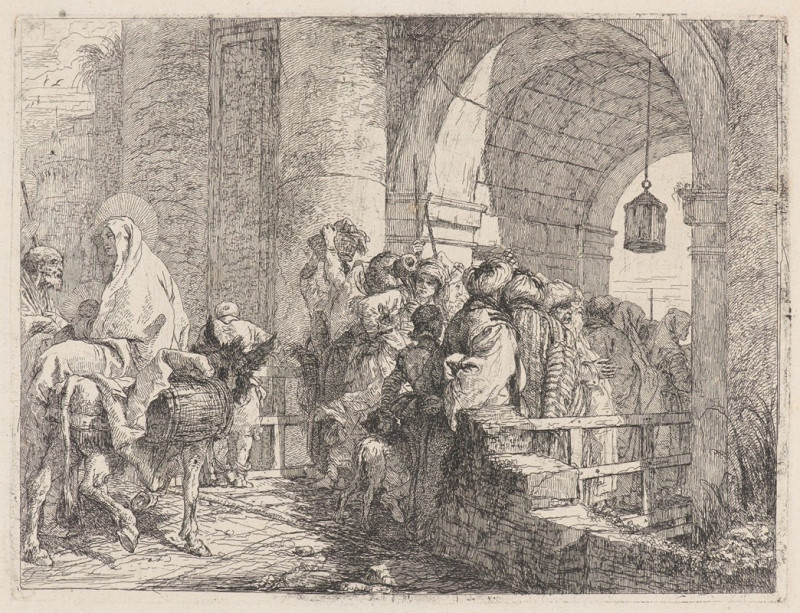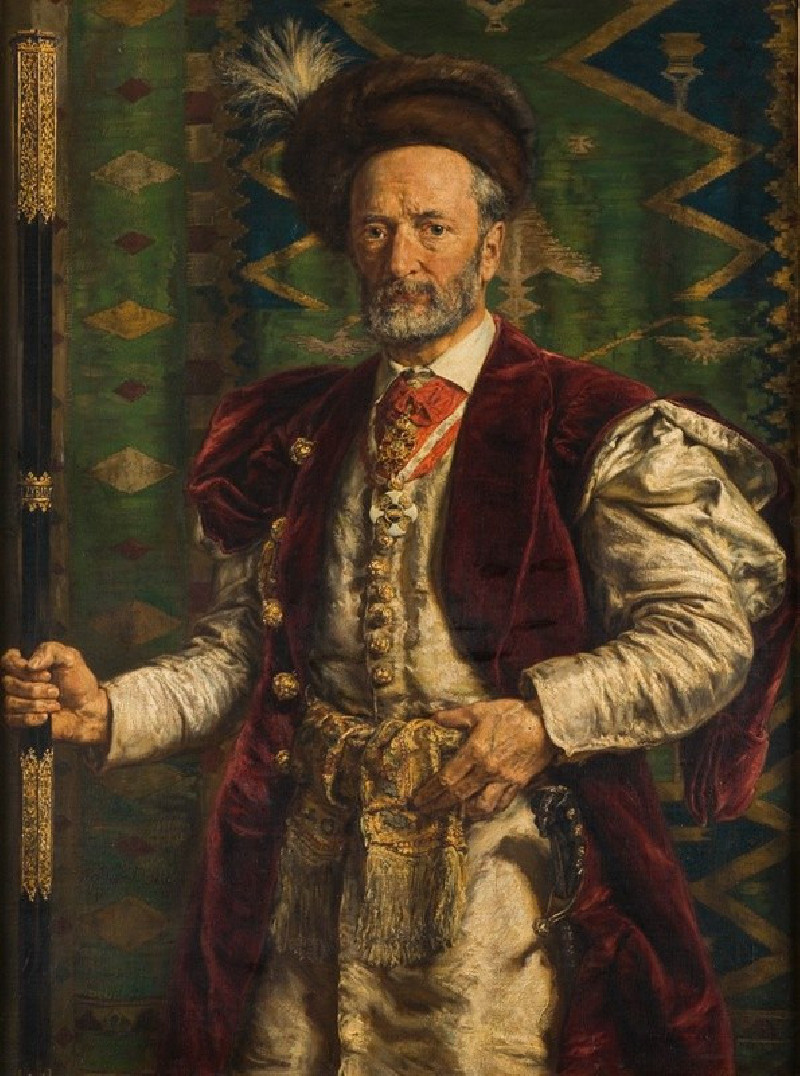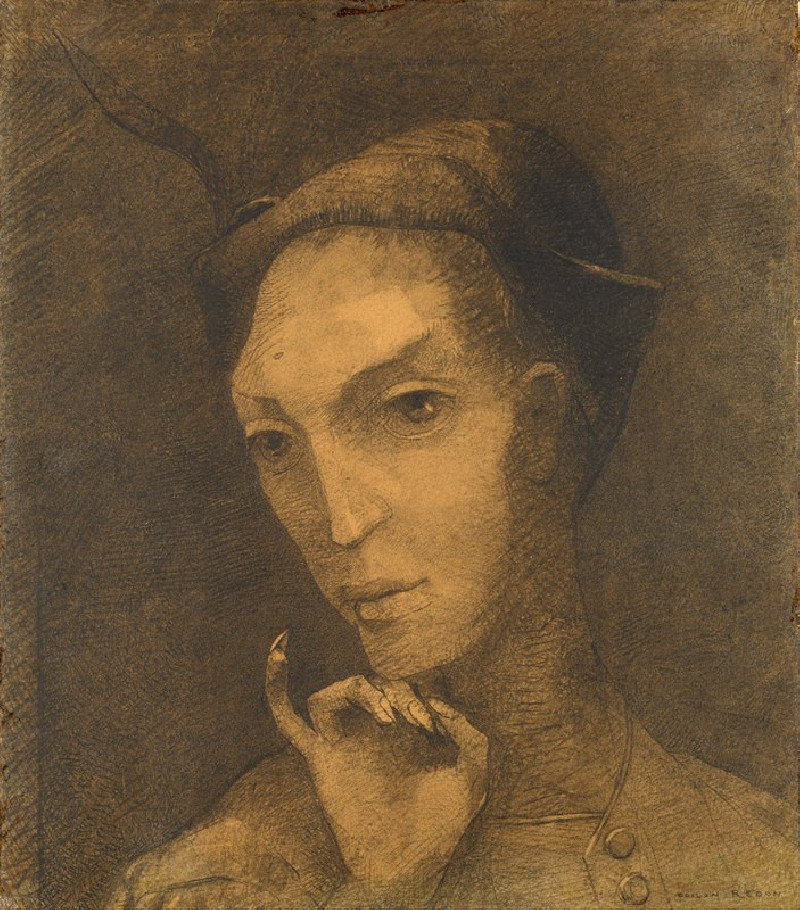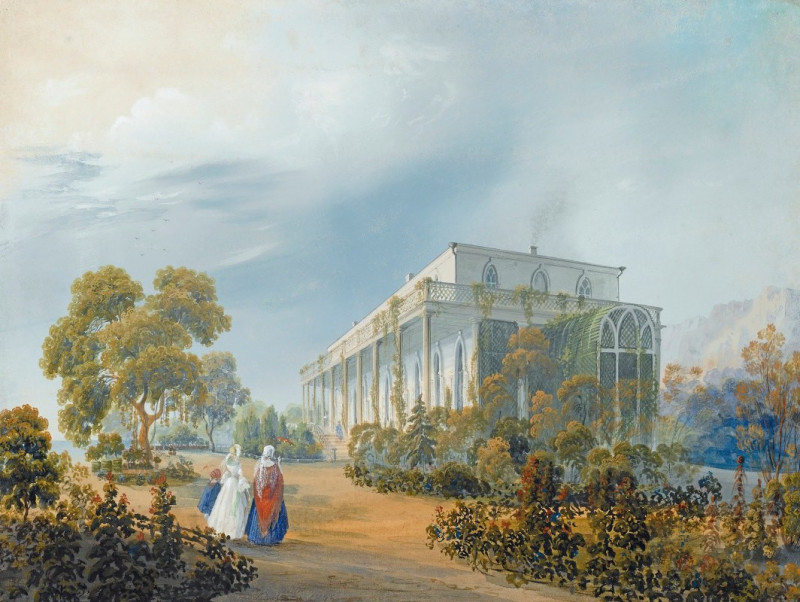Frankfurter Dom (1916)
Technique: Giclée quality print
Recommended by our customers
More about this artwork
The captivating sketch titled "Frankfurter Dom" by Ernst Ludwig Kirchner, executed in 1916, presents a dramatic and expressionistic view of the Frankfurt Cathedral. Kirchner's unique style is evident in the vigorous, almost chaotic line work that captures both the grandeur and the tumult of urban life surrounding the cathedral.The composition is dominated by the towering structure of the cathedral, drawn with bold, sweeping lines that convey its Gothic architectural elements and soaring verticality. The surrounding cityscape is depicted in a similarly fervent style, with buildings and the sky interwoven into a dynamic tapestry of marks and scratches. This method creates a palpable sense of energy and movement, suggesting the vibrancy of city life during that era.Kirchner's depiction is not just a literal representation of the cathedral and its surroundings; it also reflects the emotional and psychological experience of the city. There is a raw intensity to the artwork, likely influenced by the social and political upheaval of the time. Through this expressionistic portrayal, Kirchner communicates more than the physical appearance of the landscape; he captures the spirit and the pulse of Frankfurt during a significant period in history.This powerful work serves not only as a piece of historical documentation but also as a testament to Kirchner's innovative vision.
Delivery
Returns
Ernst Ludwig Kirchner (1880–1938) was one of the most important German Expressionist painters. He was a co-founder of Die Brücke, a group of German expressionist artists formed in Dresden in 1905. Die Brücke and Kirchner took inspiration from Vincent Van Gogh and Edvard Munch, as well as African and Oceanic art. They used woodblock printing as a medium to showcase their signature style: flat, unrealistic images with vivid colors. The recurring themes in Kirchner's artworks included exotic cultures, faraway landscapes, self-portraits, dancers and Berlin street life. His paintings and prints effectively portrayed non-European cultures despite the fact that he never traveled outside of Europe.

